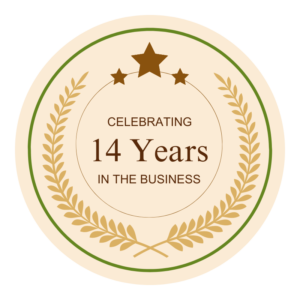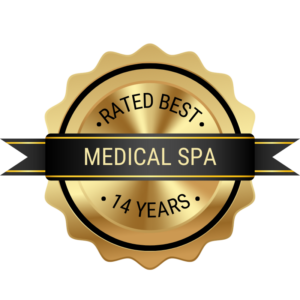FAQ
Most frequent questions and answers
Absolutely! Laser skin resurfacing can help dramatically improve the appearance of your skin. It can reduce even deep wrinkles, fine lines, and age spots while also improving skin texture and tone. Plus, it has a relatively short recovery time compared to other cosmetic treatments. All in all, laser skin resurfacing is definitely worth considering if you’re looking for a way to refresh your look.
The number of laser skin resurfacing treatments you need depends on your individual goals and the condition of your skin. During our consultation, we’ll assess your skin as well as what you hope to accomplish with the treatment to determine the number of treatments you’ll need. In general, most people need between 3-5 treatments for optimal results.
They can last anywhere from a few months to several years depending on several factors, including your skin condition, the type and strength of laser used, and your individual skincare habits, making it a highly effective treatment. It’s important to follow a good skincare routine with moisturizer and sunscreen, as well as regular checkups with your dermatologist, to ensure you get the most out of your treatment.
Yes, you can! However, make sure you mention that you have a pacemaker during our initial consultation. We’ll have a few questions about your condition to determine if there are any potential risks.
Pacemakers are electronic and encapsulated in metal. They will not be affected by laser light, additionally laser light does not create ultra-sonic vibration that can heat up metal, so laser therapy is not contraindicated for people with pacemakers.
Laser resurfacing can reduce the risk of skin cancer in some cases. The laser can help to remove pre-cancerous lesions and sun-damaged skin, improving overall skin health. Additionally, it can increase collagen production which helps to protect the skin from further damage. However, it is important to remember that laser resurfacing alone cannot prevent or cure skin cancer. Always practice good sun safety habits such as wearing sunscreen and avoiding direct sunlight when possible.





